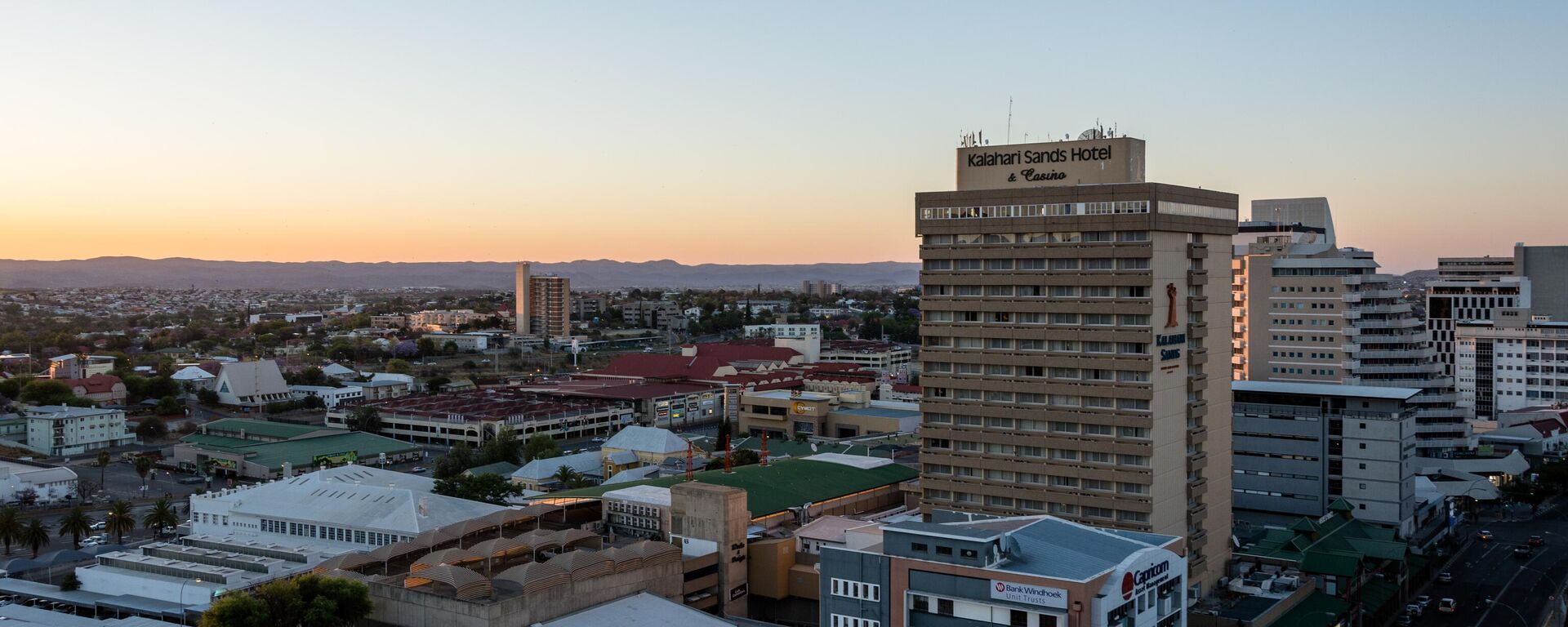Namibia’s 2025/26 Budget: Balancing Growth, Debt, and Development

© Photo AI-generated image
Subscribe
The budget deficit for the 2025/26 fiscal year is projected at 4% of GDP, reflecting ongoing fiscal consolidation efforts while ensuring targeted investments in development and public services. Total revenue for FY2025/26 is estimated at NAD 92.6 billion (about $5 billion), marking a 1.1% increase from the previous year.
Namibia's Minister of Finance and Social Grants Management, Ericah Shafudah, on Thursday tabled a NAD 106.3 billion ($5.8 billion) budget for the 2025/26 financial year in the National Assembly.
The budget was tabled under the theme “Beyond 35: For a prosperous future”.
In her maiden speech, Shafudah said preliminary indicators at the end of February show continued strong and improving fiscal fundamentals.
The budget, she said, consists of NAD 79.8 billion (almost $4.4 billion) for operational expenditure, NAD 12.8 billion (about $703 million) for development expenditure, including NAD 3.2 billion in development projects funded through external loans and grants, as well as NAD 13.7 billion in interest payments.
“This budget represents an increase of 4.9% from the revised estimates of the preceding financial year,” Shafudah said.
The minister also emphasized that public debt will be managed prudently, with the deficit primarily financed through domestic sources, supported by stable GDP levels and strong investor demand for government securities.
The budget allocations for key ministries are as follows:
Education, Innovation, Arts, and Culture – NAD 24.8 billion ($1.4 billion);
Finance – NAD 14.6 billion ($802 million), with a focus on fiscal management and social grants;
Home Affairs, Immigration, Safety, and Security – NAD 7.9 billion ($434 million), including NAD 80.3 million ($4.4 million) for a biometric security system;
Urban and Rural Development – NAD 2.7 billion ($148 million), to support infrastructure and sustainable growth;
Transport – NAD 2.7 billion ($148 million);
Agriculture and Land Reform – NAD 2.6 billion ($143 million);
International Relations and Trade – NAD 1.2 billion ($65.9 million), contributing to a total of NAD 3.8 billion ($208.6 million) over the Medium-Term Expenditure Framework (MTEF);
Office of the President – NAD 1.5 billion ($82.3 million), totaling NAD 2.5 billion ($137 million) over the MTEF;
Sport, Youth, and National Service – NAD 1.3 billion ($71.3 million);
Water and Marine Resources – NAD 956.9 million ($52.5 million);
Information and Communication Technology – NAD 898.5 million ($49.3 million), with NAD 2.8 billion ($153.7 million) allocated over the MTEF for digital transformation.


